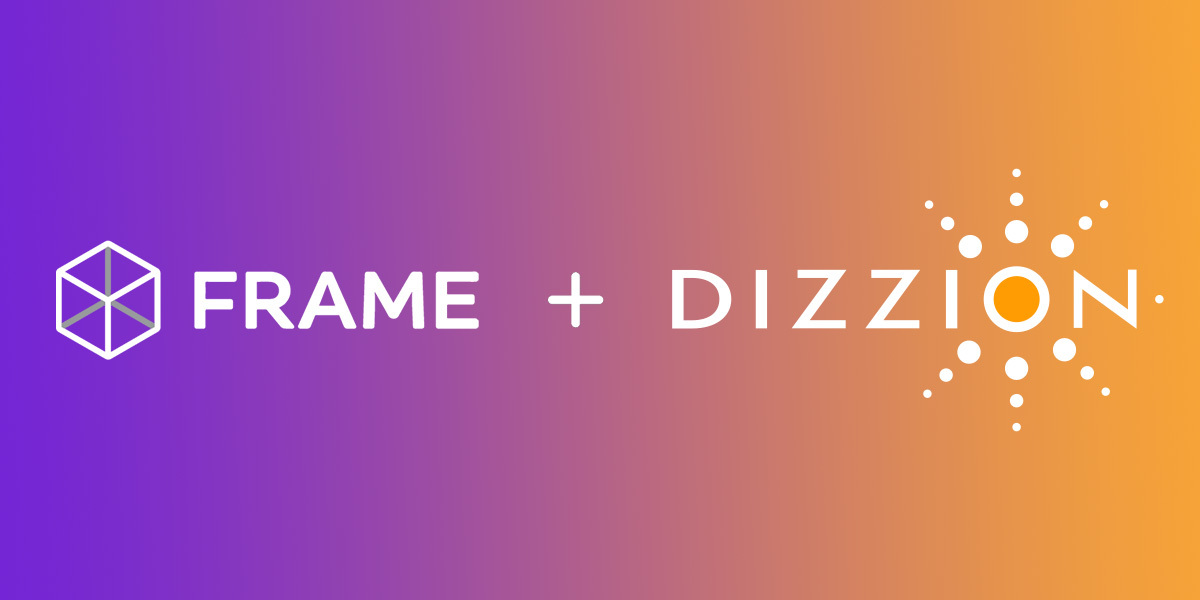For me, end user computing (EUC) is more than just a transformative technology. I find it personally gratifying to see so many customers, partners, competitors, friends, and even my own 3 kids getting work done and succeeding with EUC solutions. I love listening to their challenges, guiding them with advice, and sharing insights on how EUC is developing and can help them meet their goals. EUC is HOT and is leading the way!
I recently put all of this and more into my EUC Vision keynote talk for the EUC Tech Summit, the zero-fluff event designed by and for EUC geeks and visionaries. I talk about how EUC is changing how we Get Work Done, especially in light of recent EUC technology developments. I talk about how we are moving towards “Workspace 2025” and also lay out the Nutanix EUC vision for getting us there. My keynote, as well as all of the other sessions from the Summit, are now available on-demand.



